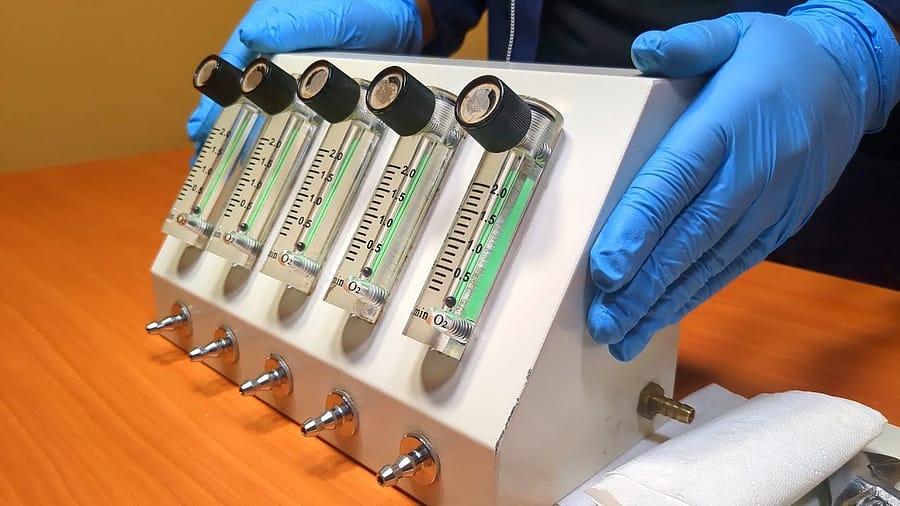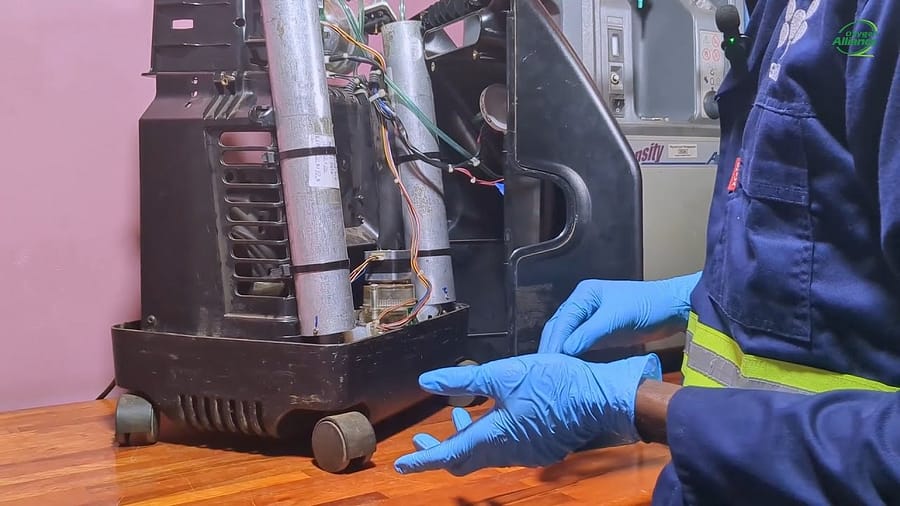For a biomedical service professional, true mastery over a device comes from understanding its deepest workings. The AirSep Newlife Intensity is an oxygen concentrator built for high-output applications, and its robust design contains a network of components that must function in harmony. Moving beyond simple external checks to a full component-level understanding is what separates routine maintenance from expert-level diagnostics and repair. A technician who can confidently navigate the interior of this machine is equipped to handle any service challenge it presents, ensuring it continues to meet its performance specifications.
Objective and Scope
The AirSep Newlife Intensity is an oxygen concentrator built for high-output applications. For the biomedical service professional, moving beyond simple external checks to a full component-level understanding is what separates routine maintenance from expert-level diagnostics and repair. This guide details the mechanical and electrical architecture of the device to support technicians in handling any service challenge.
Safety Precautions This guide details a full teardown procedure. As per industry best practice, disconnect the device from the mains power source before beginning any service. Only qualified technicians should perform these procedures, following all electrical and pneumatic safety protocols to prevent personal injury or equipment damage.
Initial Disassembly
Access to the internal landscape of the AirSep Newlife Intensity is achieved by removing the external housing with a simple flathead screwdriver.
Electronic Systems Architecture
The machine’s operations are managed by three distinct printed circuit boards (PCBs).
- Fan Control Board: Manages the cooling fan.
- Oxygen Monitor Circuit Board: Monitors the purity of the produced oxygen.
- Main Control Board: Acts as the operational brain for the entire system.
Pneumatic System Pathway and Components
Once the housing is removed, the internal components are logically arranged for service.
- Immediately visible are the primary cooling fan and the bank of solenoid valves. This bank consists of two feed solenoids, two waste solenoids, and one equalization solenoid, which collectively direct the flow of air and purge nitrogen from the system.
- The core of the pneumatic system is a durable Thomas brand 2660 series air compressor.
- The compressor pressurizes ambient air, which is then cooled by a heat exchanger.
- This cooled, pressurized air enters two large sieve beds, where zeolite material performs molecular separation, capturing nitrogen.
- The resulting purified oxygen collects in an accumulator tank.
- From the tank, the oxygen is regulated to a constant 20 PSI before it travels to the flow meter and ultimately to the patient outlet.
Service and Maintenance Considerations
A comprehensive knowledge of this internal layout removes guesswork from the service process. When a fault points toward the compressor, the technician will know the specific procedure to remove it, which involves accessing screws at its base and carefully maneuvering it out of the chassis. Understanding the location and function of each component empowers the technician to diagnose problems efficiently, order correct replacement parts, and perform repairs with a high degree of confidence and precision.
Video Resource
A definitive video guide has been produced to provide a clear, practical walkthrough of the entire teardown process. The presentation shows a technician performing a complete disassembly of the AirSep Newlife Intensity, explaining the function and location of every component along the way.
Watch the full teardown and assembly video here:








